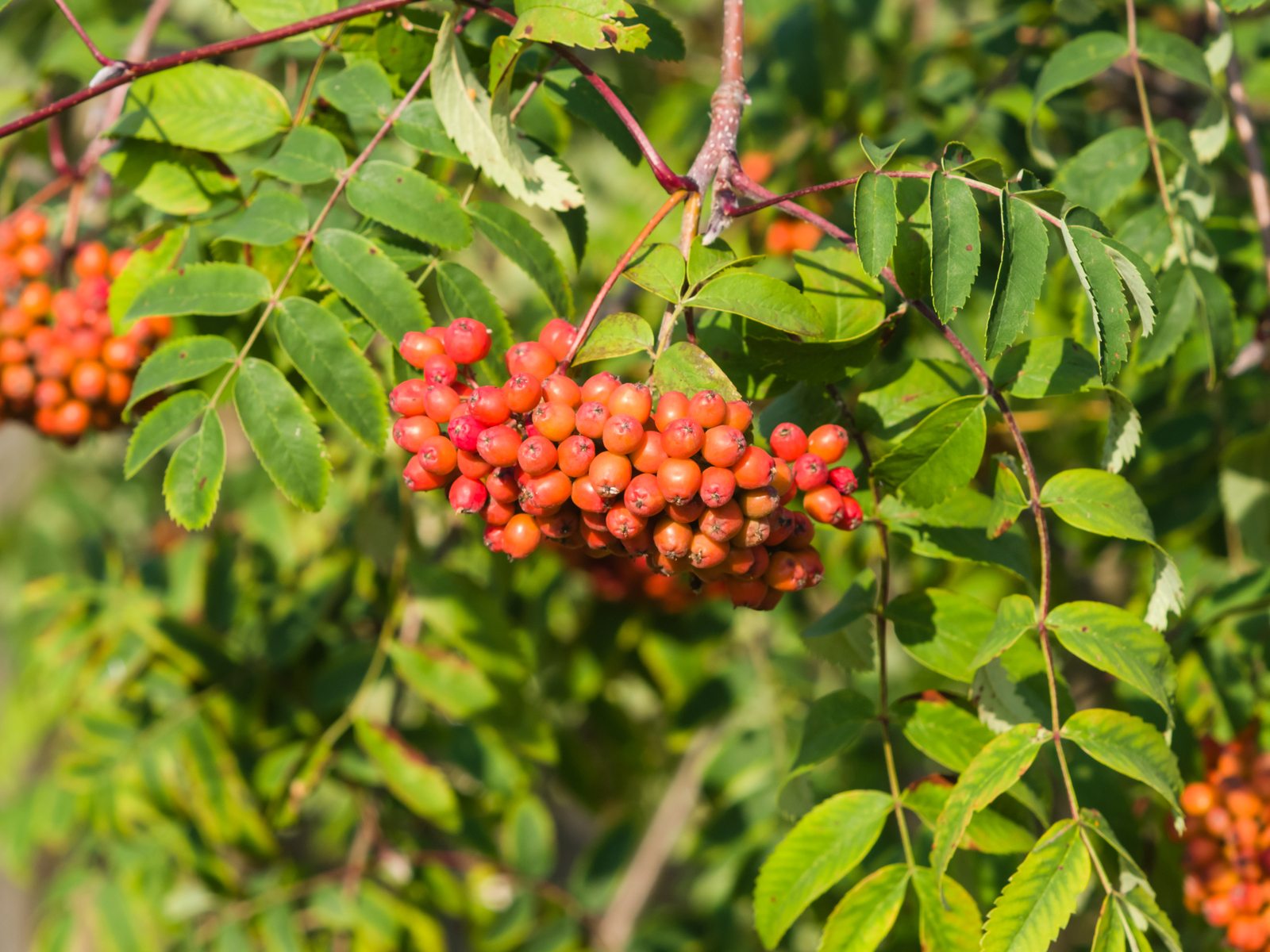What Are Some Hardy Trees For Zone 3 Landscapes


Zone 3 is one of the colder zones in the U.S., where winters are long and frigid. Many plants simply won’t survive in such harsh conditions. If you’re looking for help in choosing hardy trees for zone 3, then this article should help with suggestions.
Zone 3 Tree Selections
The trees you plant today will grow to become huge, architectural plants that form the backbone around which to design your garden. Choose trees that reflect your own personal style, but make sure they will thrive in your zone. Here are some zone 3 tree selections to choose from:
Zone 3 Deciduous Trees
Amur maples are a pleasure in the garden any time of year, but they really show off in fall when the leaves turn a variety of brilliant colors. Growing up to 20 feet (6 m.) tall, these small trees are ideal for home landscapes, and they have the added advantage of being drought tolerant. Ginkgo grows more than 75 feet (23 m.) tall and needs plenty of room to spread. Plant a male cultivar to avoid the messy fruit dropped by females. The European mountain ash tree grows 20 to 40 feet (6-12 m.) tall when planted in full sun. In the fall, it bears an abundance of scarlet fruit that persists through winter, attracting wildlife to the garden.
Zone 3 Coniferous Trees
Norway spruce makes the perfect outdoor Christmas tree. Place it in sight of a window so you can enjoy the Christmas decorations from indoors. Norway spruce is drought-resistant and seldom bothered by insects and diseases. Emerald green arborvitae forms a narrow column 10 to 12 feet (3-4 m.) tall. It remains green year-round, even in frigid zone 3 winters. The eastern white pine grows up to 80 feet (24 m.) tall with a 40 foot (12 m.) spread, so it needs a large lot with plenty of room to grow. It’s one of the faster growing trees in cold climates. Its rapid growth and dense foliage make it ideal for forming quick screens or windbreaks.
Other Trees
Believe it or not, you can add a touch of the tropics to your zone 3 garden by growing a banana tree. The Japanese banana tree grows 18 feet (5.5 m.) tall with long, split leaves in summer. You’ll have to mulch heavily in winter to protect the roots, however.
Sign up for the Gardening Know How newsletter today and receive a free copy of our e-book "How to Grow Delicious Tomatoes".

Jackie Carroll has written over 500 articles for Gardening Know How on a wide range of topics.